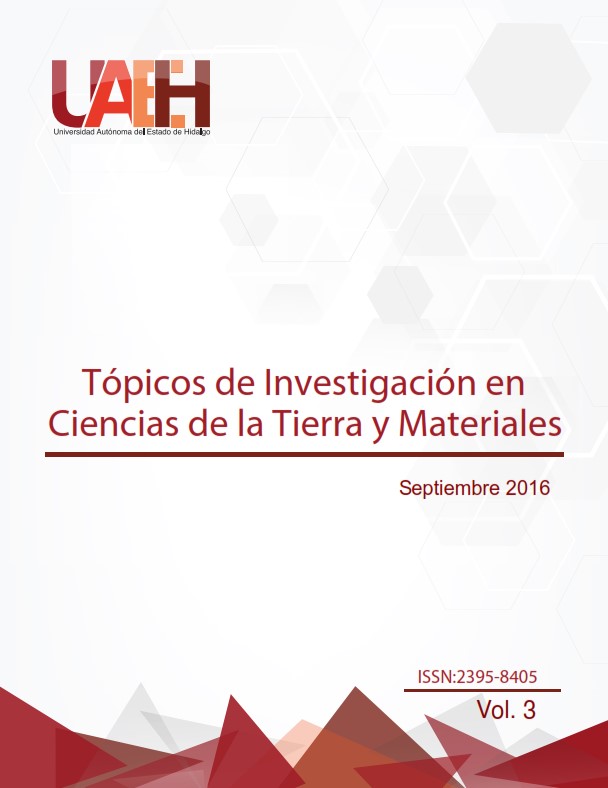Electrochemical oxidation of Cu, Ni and Sn contained in e-waste
Abstract
It is categorized by the name of E-waste to all electrical and electronic products that are waste, because they have reached the end of its useful life. The metal fraction of the waste represents a great alternative for the recovery of valuable metals found among Cu, Ni and Sn. The properties of the above metals, locate them in a high electro activity window in acid media, so they can be recovered in low concentration electrolyte systems under the effect of an electric field. Is critical to elucidate the oxidation potential intervals as characteristic behavior of these metals, because the energy contributions according to the concentration at which they are present modify the kinetics of their transformation. It is noteworthy that in the steps of selective metal recovery systems like E-waste, is necessary to be perform mainly in two stages: leaching and deposits. This work presents the anodic response metals Cu, Ni and Sn contained in a compacted electrode of E-waste with 10% of nitric acid as an oxidizing agent. The results indicate that to achieve leaching and Sn, Ni with the least interference of Cu it is necessary to impose potentials above 1.0V vs SCE.
E-waste
Downloads
References
[2]. Jadhov, U. (2012). Recovery of precious metals from industrial waste. Journal of achievements in materials and manufacturing engineering , 4 (2), 159-167.












